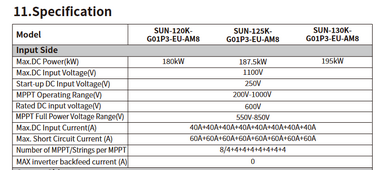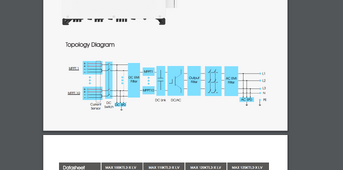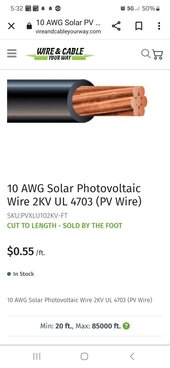Assuming i have 200 Panels @ 49V each and i have 10 MPPTs with a 600V nominal 1000V max what would be the most ideal distribution of panels to the MPPT ? Assuming the setup listed below are within the amps rating of each mppt.

What i want to know is which of these produces me more power per day. Assuming no shading from external object (exempt from maybe clouds).
From what i know and what i read, you want to push as much voltage to the MPPT, because you generate more power that way (Start producing energyy earlier on the day and end later on the day). I also know that you want to use all you mppts available so if there is some shading only that specific string is affected. Is that true or what i know is wrong? If that is true the best setup would be the 20 panel string ('maximing voltage' column). The only thing im worried about that setup is it might be to close to the max voltage of the MPPT, hence i created "maximizing voltage 2".
Typically on the inverter each MPPT has a plug for 2 strings. Are they just literally paralleling the strings inside the inverters? That means i should always balance the number of panels on each string IF im going to use both plugs. I assume that MPPTs should be fine with only one of those plug being used (like in 'maximing voltage' setup)
Also is there a special code for how much amps a PV wire is supposed to handle or are they the same with residential wiring? Im planning on using 8 or 10 AWG @ 1500V (depending on which setup).
what are your thought? which setup should i go for?

What i want to know is which of these produces me more power per day. Assuming no shading from external object (exempt from maybe clouds).
From what i know and what i read, you want to push as much voltage to the MPPT, because you generate more power that way (Start producing energyy earlier on the day and end later on the day). I also know that you want to use all you mppts available so if there is some shading only that specific string is affected. Is that true or what i know is wrong? If that is true the best setup would be the 20 panel string ('maximing voltage' column). The only thing im worried about that setup is it might be to close to the max voltage of the MPPT, hence i created "maximizing voltage 2".
Typically on the inverter each MPPT has a plug for 2 strings. Are they just literally paralleling the strings inside the inverters? That means i should always balance the number of panels on each string IF im going to use both plugs. I assume that MPPTs should be fine with only one of those plug being used (like in 'maximing voltage' setup)
Also is there a special code for how much amps a PV wire is supposed to handle or are they the same with residential wiring? Im planning on using 8 or 10 AWG @ 1500V (depending on which setup).
what are your thought? which setup should i go for?







